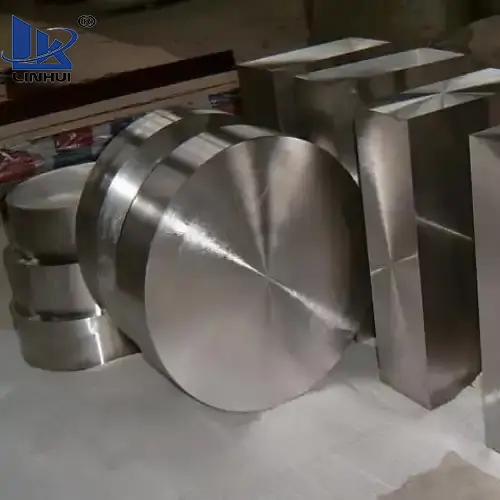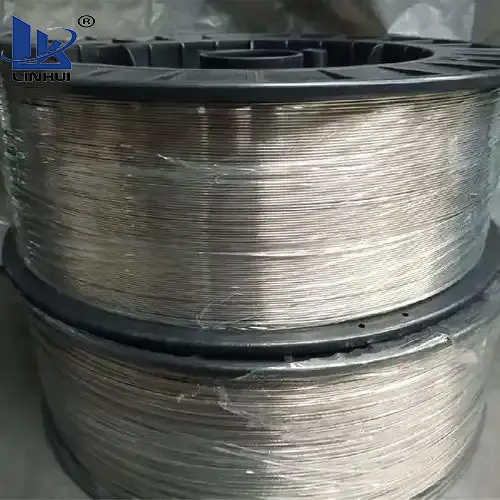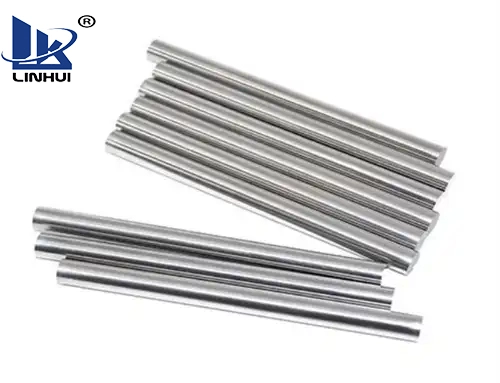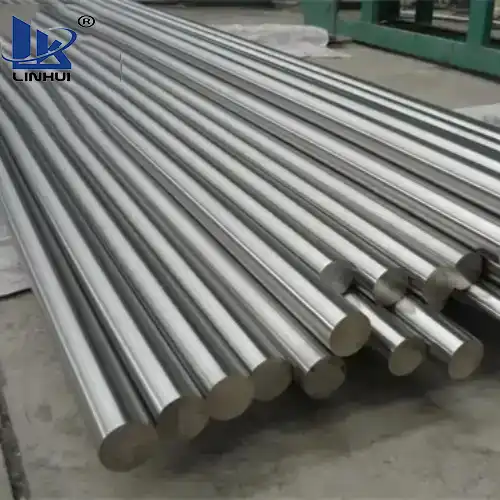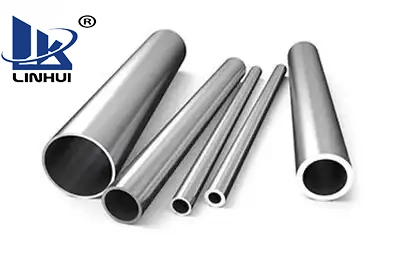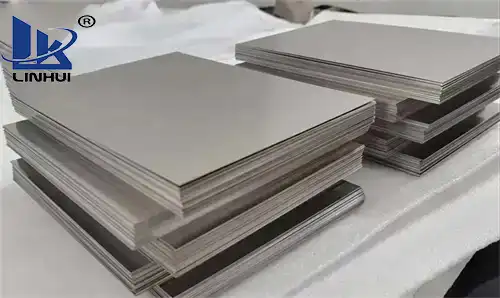What are the material properties of zirconium 705 alloy?
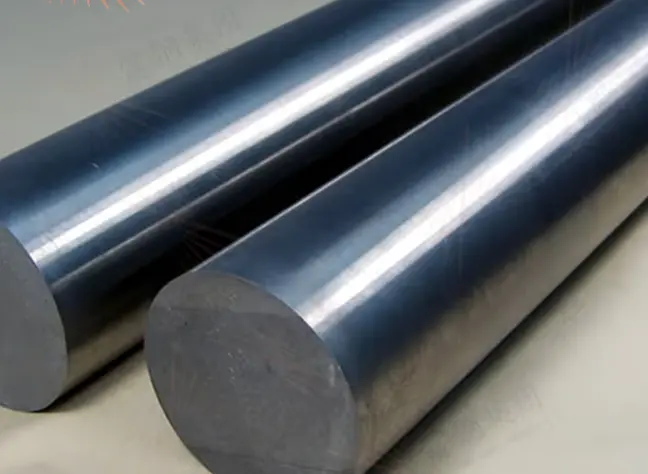
Zirconium has a low thermal neutron absorption cross-section, high strength and hardness, excellent corrosion resistance, and ductility. It is widely used in the fields of the atomic energy industry, aerospace, and biomedicine. It is an important strategic material, also known as " The number one metal of the atomic age.” To further increase the stability of the use of zirconium alloys and reduce the difficulties in processing and manufacturing, it is essential to connect zirconium alloy materials. Therefore, it is crucial to study the structure and properties of double alloy connections after forming through welding technology, and diffusion welding is A common material joining method that can be used for welding zirconium and zirconium alloys.
Zr705 zirconium alloy was used as the base material, Cu was added as the intermediate layer, and vacuum diffusion welding was carried out under different conditions. The effects of the Cu intermediate layer thickness and welding temperature on the microstructure and mechanical properties of the diffusion welded joint were mainly studied. The joints were discussed. The formation mechanism; in addition, the corrosion resistance of the joints in acidic solutions was tested through immersion corrosion experiments, and the corrosion resistance of welded joints obtained under different intermediate layer thicknesses and welding temperatures was studied. The results show:
① After adding Cu foil as the intermediate layer, when the Cu foil thickness is 30μm-welding temperature 900>920 °C and the Cu foil thickness is 10μm-welding temperature 880, 900, 920°C, the interface is formed near the base metal There are two organizational structures, Widmanstatten structure, and dual-phase structure, which may be caused by the diffusion of Cu atoms. When the temperature exceeds 920 °C and reaches 940 or 960°C, the temperature at which a->p is completely transformed is reached, and the entire base material structure is Widmanstatten structure.
② When the Cu foil thickness is 30μm - welding temperature 900, 920% and Cu foil thickness 10μm. Welding temperature 880.900 °C, a layer of intermetallic compound is formed at the joint, and this compound layer contains Zr2Cu.Zri4Cu5i> ZrCu>ZrCu5 and Zr3Cu8 phases and Zr7Cuio and Zr8Cu5 phases may exist. In addition, when using Cu with a thickness of 10 μm as the intermediate layer at the same temperature (920 °C), no intermetallic compounds were formed, indicating that the thickness of the copper foil has a certain impact on the interfacial chemical reaction. When increasing the soldering temperature to 940 °C and 960 °C. (At time 2, no metal compound layer was formed in the joints where Cu with a thickness of 30pm or 10 pm was added as the intermediate layer. The reason may be that the welding temperature accelerated the diffusion rate and distance of Cu atoms into the matrix Zr, and the Cu atoms were solid. Dissolved in the matrix Zr, a wider Zr-Cu solid solution zone is finally formed.
③ At the thickness of 30μmCu foil, the maximum tensile strength gradually increases with the increase of temperature, and the elongation first increases and then decreases, then the temperature is 940 °C; at the thickness of 10μmCu foil, the maximum tensile strength and elongation are both The mechanical properties of the joints that form the compound layer are poor, which should be due to the brittle hard phase of the intermetallic compound. The mechanical properties of the joints without the metal intermetallic compound are significantly improved when the temperature is 940 °C. When, the maximum tensile strength and elongation of the joint were the highest among all thicknesses, and increased from 576MPa and 23% at 30μm to 580MPa and 32% at 10μm (original base material 585MPa and 44%).
The corrosion rate of zirconium alloy in acidic corrosive liquid is less than 0.5%/h. From the perspective of corrosion micromorphology, the corrosion resistance is: post-weld base material > weld area without compound layer > original base material > compound layer Weld area; from the perspective of corrosion rate and weight loss rate, the corrosion rate and weight loss rate of the original base material are the highest, with the weight loss rate reaching 44%. As the welding temperature increases, the corrosion rate decreases and the weight loss rate decreases.






